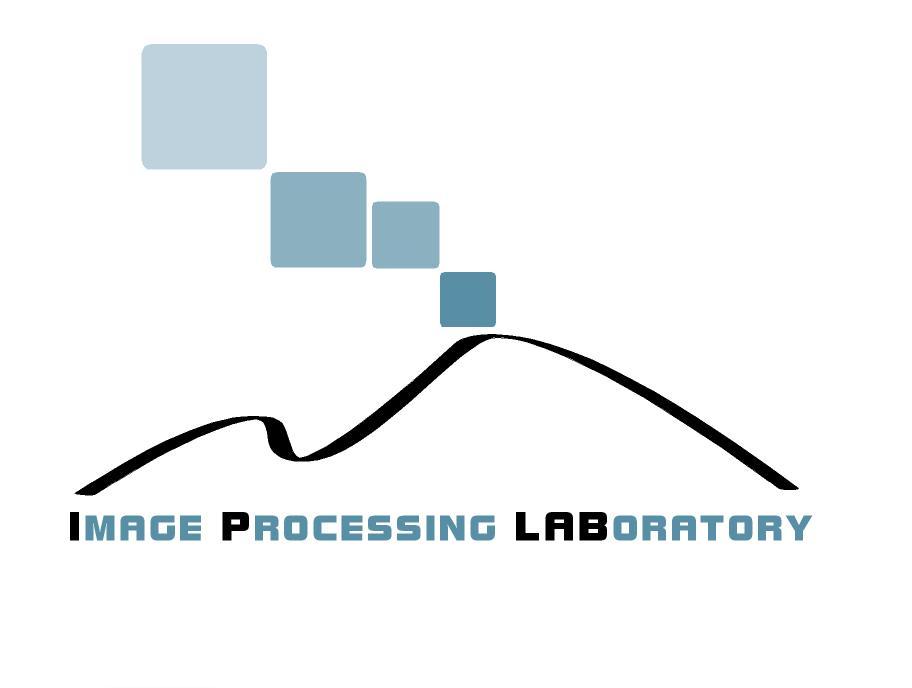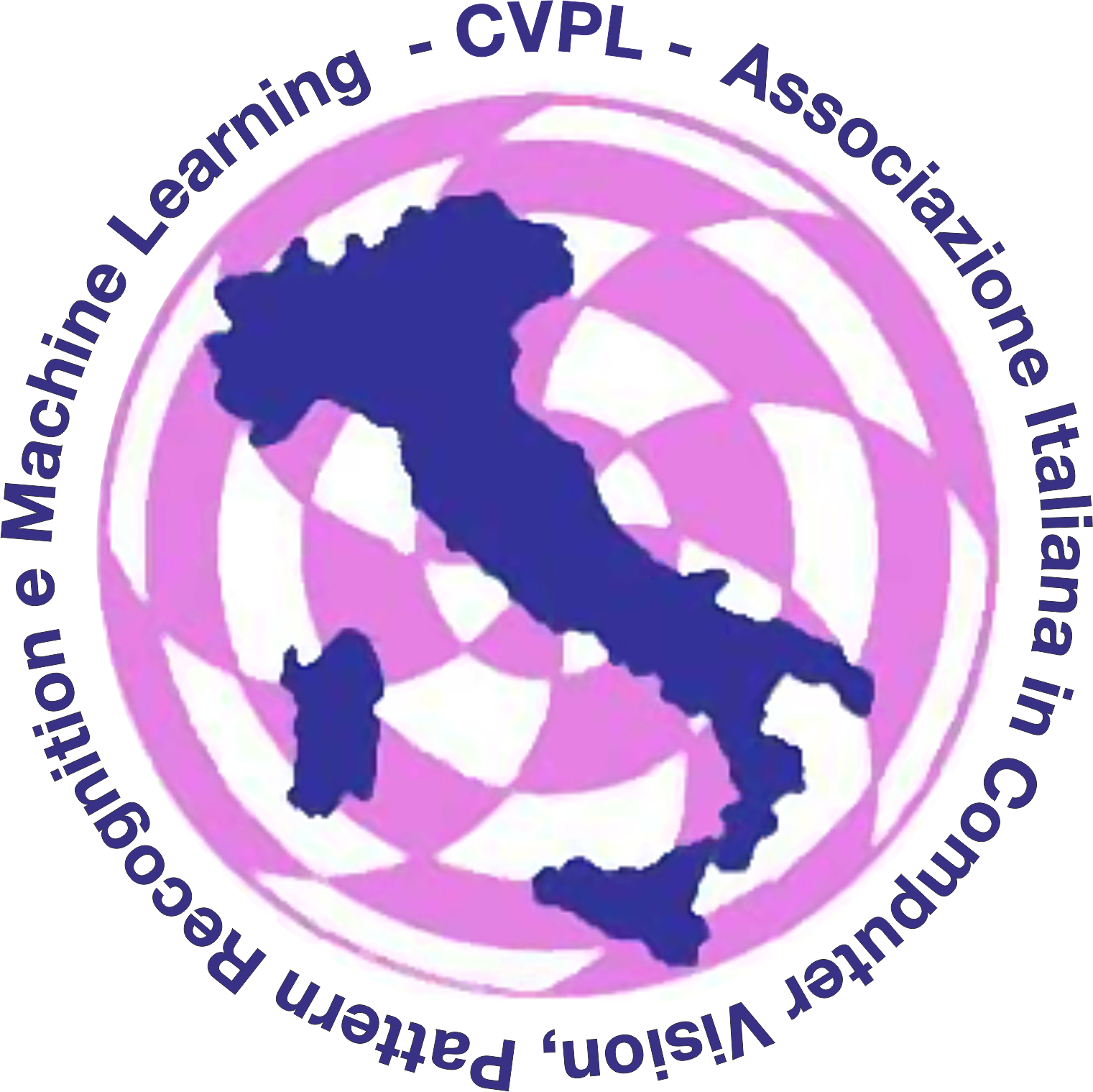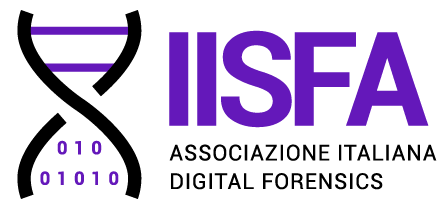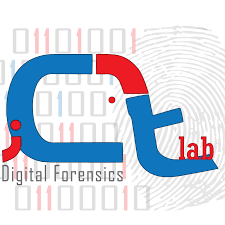16-18 September 2019, Catania, Italy
Giovanni Tessitore, PhD, Commissario Capo Tecnico Fisico della P. di S., Rome IT.

Forensics facial image comparison: manual, semi-automatic and automatic approach
Facial Image Comparison - FIC, is a manual assessment made by an expert.
Although it is a subjective analysis, its result can be used in a court of
law. Recently, the Digital Imaging Working Group of ENFSI has issued a
specific Best Practice regarding FIC with the aim to standardize, to a
certain extent, this assessment across different European Forensics
Institutes. On the basis of the FIC - Best Practice, our Forensic Institute,
is trying to rewrite the overall FIC procedure to obtain a more objective
evaluation. To this aim, a specific software has been developed in order to
guide the users in the comparison analysis. In this new framework the
comparison consists in two main steps: 1. For each facial features,
similarities/differences between the two faces compared are observed; 2. On
the basis of the similarities/differences founded in the previous step, an
overall result on a conclusion scale is given. While the first step remains
a manual process, the second step is made automatically by the software
which apply a set of predefined rules. Our goal is to have a
"semi-automatic" procedure which provides a more objective and repeatable
FIC assessment.
In this context, Automatic Facial Recognition Systems - AFRS, could be a
further step towards an objective evaluation. Nowadays, these systems are
only used for investigative purpose and their results, usually expressed as
score, cannot be used in a court of law. In fact in the forensic context,
results should always been expressed in terms of strength-of-evidence in
support to proper competing propositions (e.g. same person vs different
persons). In theory, the strength-of-evidence can be computed with AFRS by
collecting proper sets of scores and by applying standard machine learning
algorithms. However, a lot of difficulties arise in real cases mainly
related to the different quality of the images under examination. Moreover,
the introduction of strength-of-evidence changes the way in which the AFRS
performances are evaluated. In fact metrics such as ROC/DET curves are only
able to measure discrimination power and not the reliability of the computed
strength-of-evidence.
Aldo Mattei, Ph.D. - Lt. Colonel, deputy director Carabinieri Scientific Investigations Laboratory for South Italy, Head of Latent Print Unit, Messina, Italy

The probabilistic approach in the latent print comparison: a path forward.
Trained and experienced fingerprint experts do not like to deal with probabilities. It seems to be too complicated, too fuzzy and far away to daily routine reality. Today the attitude is still to provide to the trier of facts a categorical conclusion. But, what about the strength of the evidence associated to any fingerprint comparison? Concepts of frequencies, probabilities and likelihood ratios applied to the latent prints comparison, from the perspective of a latent fingerprint expert, could be the correct leverage to push towards a mind shift the fingerprint expert professional community.. Fingerprint comparison science should move towards a more robust scientific approach. Since 2009 the United States National Research Council report has given such direction and the US National Institute for Standards and Technology Organization of Scientific Area Committees (NIST-OSAC) working groups are considering this perspective. Europe since early Nineties started evaluating the application of the Bayesian theory to pattern recognition, and specifically to fingerprint comparison. Nowadays the Bayesian approach in the fingermark comparison by means of a verbal scale based on the professional opinion of the fingerprint experts is currently used at some European forensic institutes. This lecture aims to solicit pattern recognition scientist and industry to develop tools which the forensic fingerprint practitioners could use to improve the science underneath their conclusions.






